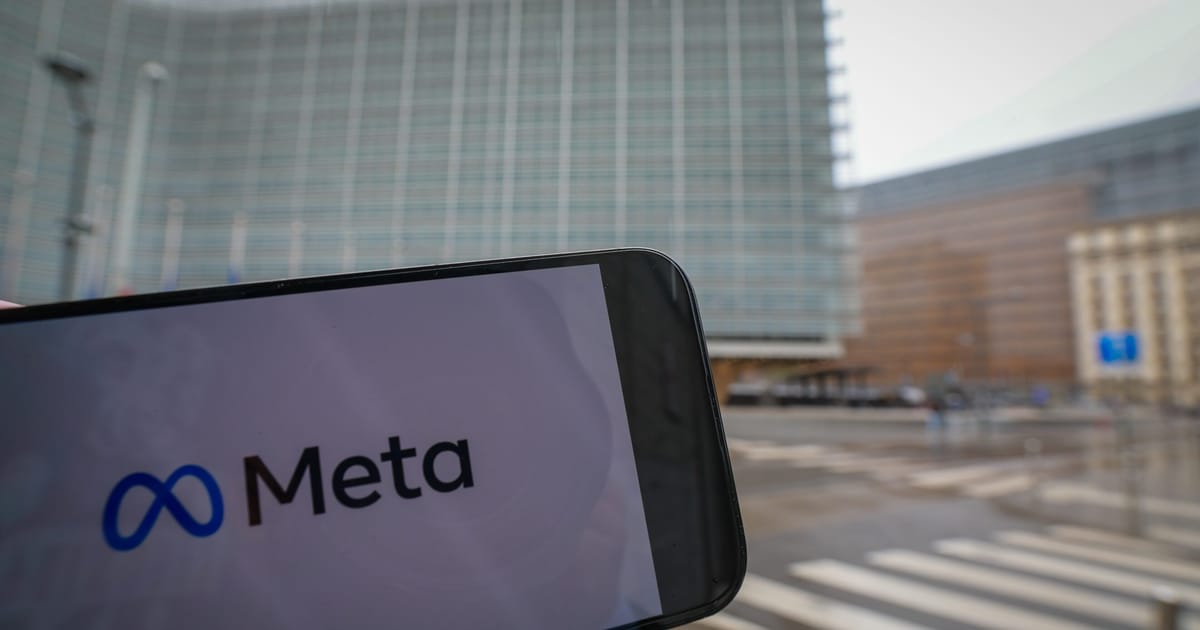

In the rapidly evolving world of technology and aviation, recent developments have unfolded that highlight the ongoing dialogue between regulatory entities and major corporations. Both Europe’s attempt to refine artificial intelligence guidelines and Air India’s commitment to examining aviation safety illustrate a landscape where collaboration and meticulous attention are pivotal.
Turning first to the digital realm, Meta, the company formerly known as Facebook, is finding itself at the center of discussions regarding Europe’s AI regulatory environment. The European Union has proposed a code of practice aimed at overseeing the deployment and impact of artificial intelligence technologies. This code has been met with intense lobbying efforts from various sectors of the tech industry, including prominent players like Meta. The company has expressed reservations about complying fully with the proposed guidelines, leading to discourse about the nature and direction of AI regulation.
The EU’s initiative aims to create a framework that would guide AI development while ensuring ethical standards are maintained. However, balancing innovation with regulation is no small feat. The tech industry argues that overly stringent rules could stifle innovation, impeding the progress and transformative potential that AI holds. Meta’s resistance underscores a larger narrative about the need to harmonize innovative growth with regulatory safeguards—a narrative being woven throughout tech industries worldwide.
Meanwhile, the aviation sector is navigating its own path toward safety and reliability, as highlighted by Air India’s recent safety evaluations. Following a tragic crash, Air India has taken proactive measures to scrutinize their fleet of Boeing aircraft. The incident, which resulted in the loss of 260 lives, directed investigators’ attention towards potential mechanical issues, specifically concerning the aircraft’s fuel switches.
Air India conducted an extensive review of the fuel systems across its Boeing fleet, ultimately discovering no irregularities in their operation. This finding offers some reassurance about the mechanical integrity of their planes. Although the initial investigations pointed to fuel switch positions as a potential cause, it has shifted its focus to encompass a broader range of factors, particularly human actions during the flight.
The examination of safety measures is a testament to the airline’s dedication to addressing concerns head-on. It also serves as a reminder of the intricate interchange between technology, human factor analysis, and safety protocols in aviation. Each investigation uncovers layers of data that inform not just immediate resolutions, but also future industry practices.
Both the tech and aviation industries must navigate multifaceted challenges to align innovation with safety and responsibility effectively. The concept of regulation continues to evolve, with the overarching aim of securing public trust while fostering technological advancement and operational safety.
As these narratives unfold, they offer an opportunity for reflection on the balance between enabling technological innovation and ensuring accountability. Meticulously crafted policies and evaluations represent collective efforts to meet these challenges with integrity and foresight. Hence, the ongoing dialogue between Meta, the EU, and Air India’s internal evaluations exemplifies a mindful approach to progress—one that invites continued collaboration and thoughtful deliberation in the pursuit of shared goals.
Source: {link}
